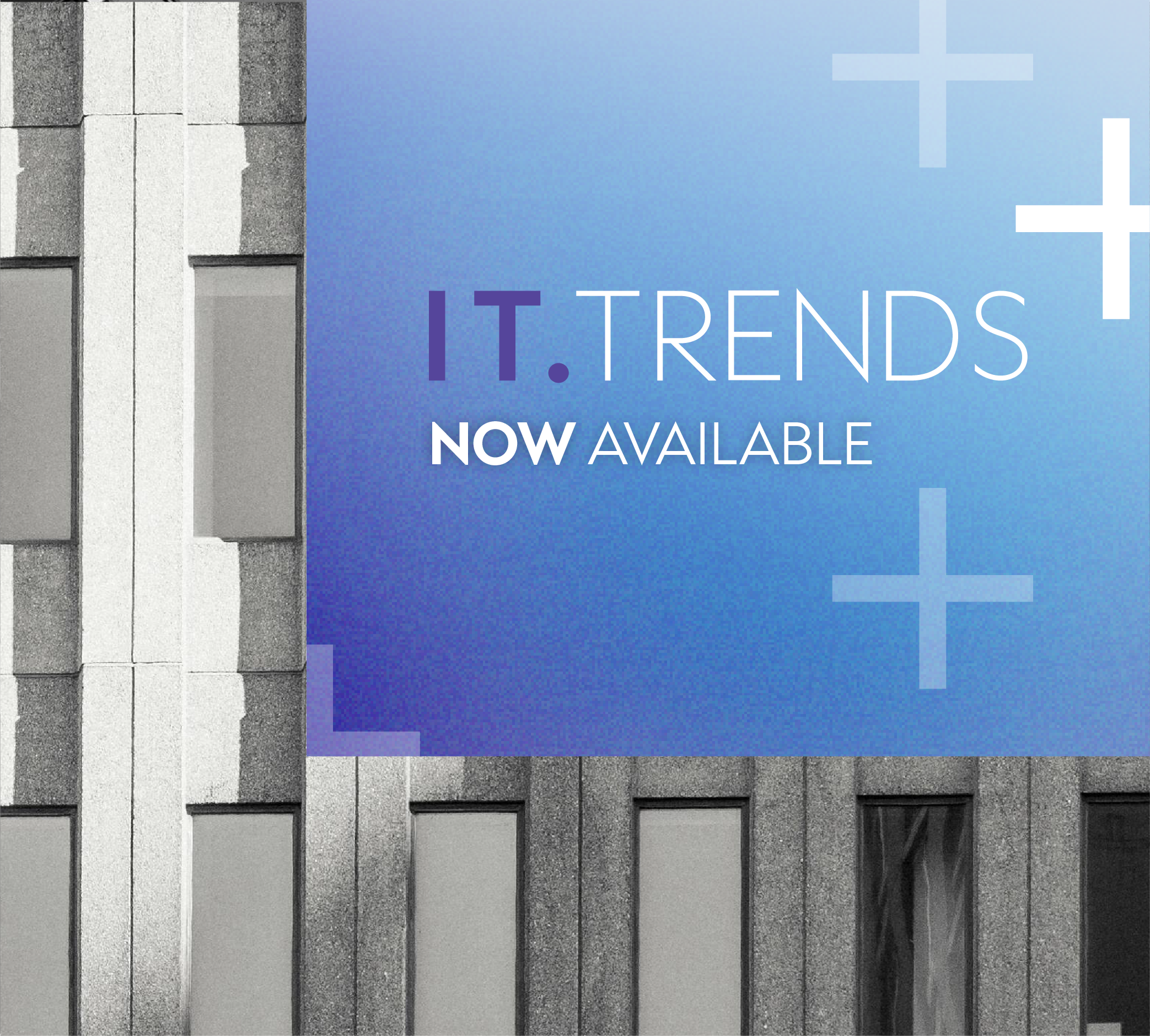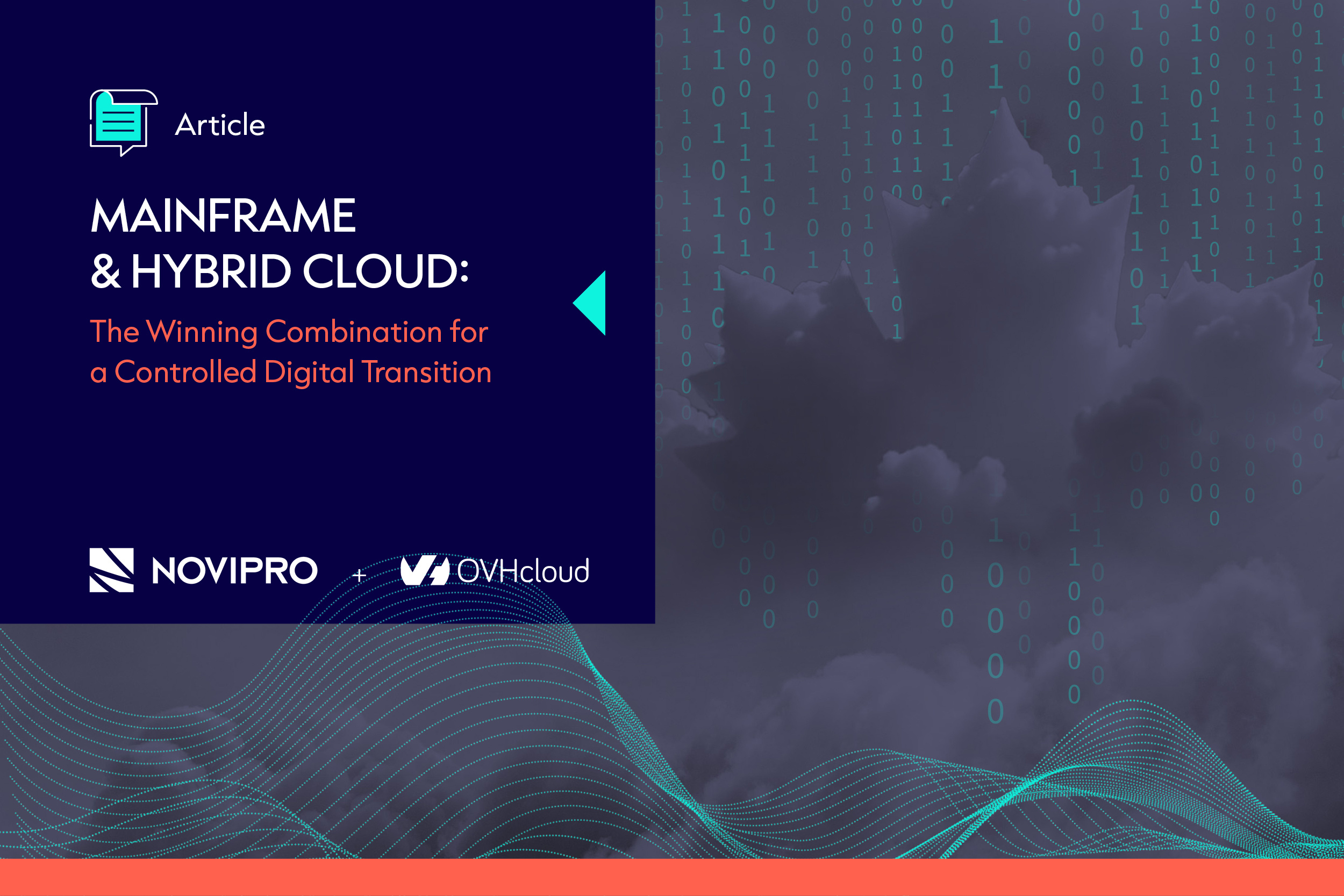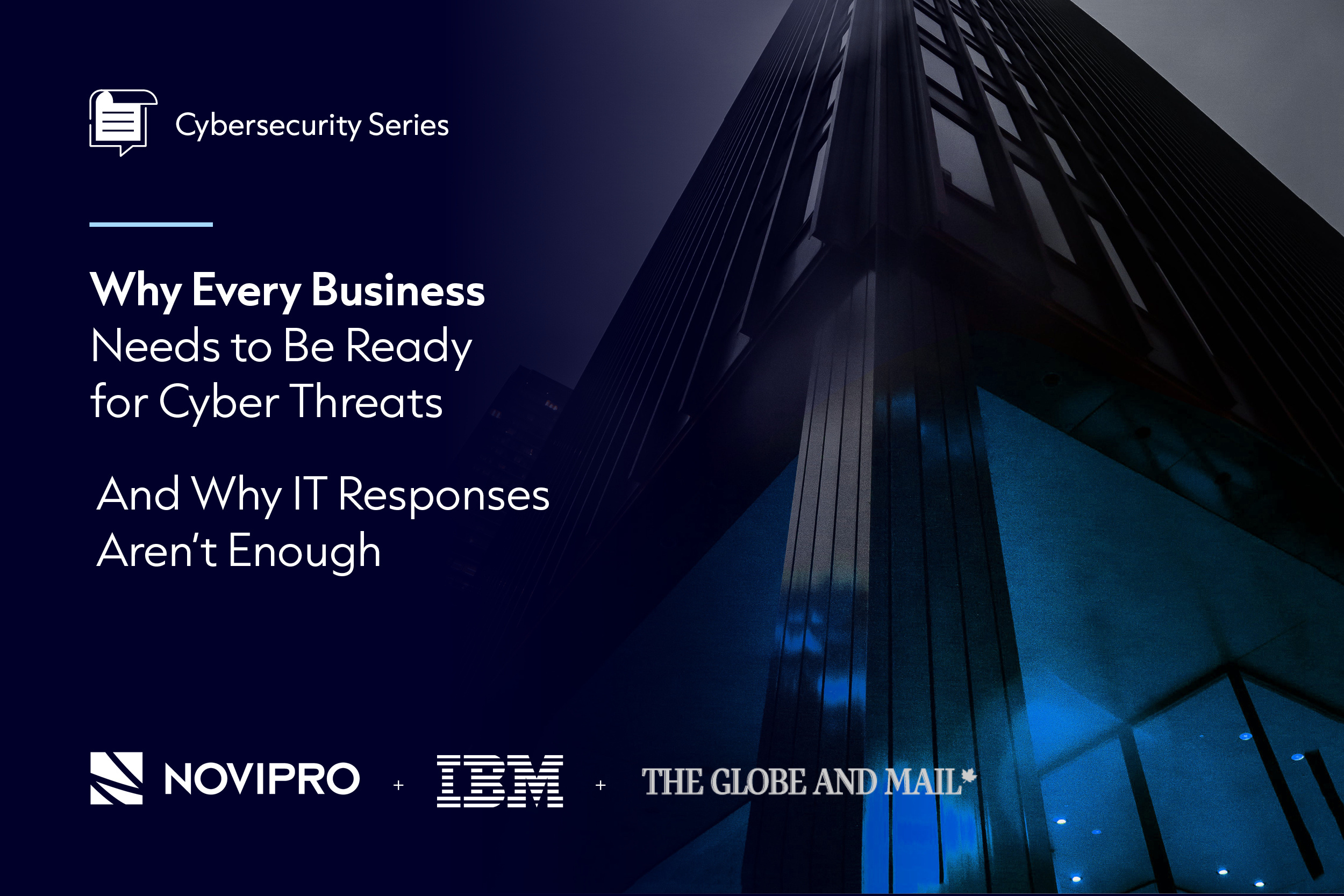According to a study carried out by NOVIPRO and Léger, 28% of medium and large businesses in Canada believe that cloud computing is too expensive. Paradoxically, 48% say this technology could help them cut costs!
“When it comes to cloud computing, we’re hearing two different things,” said Amine Boubekri, who works as a cloud solution specialist at E-Space, a subsidiary of NOVIPRO. “There are those who think it’s too expensive and those who believe it’s not costly at all.” So who is right? “The truth is, there’s no hard-and-fast answer. Costs vary depending on the solution you choose and your existing IT environment.”
Investment versus subscription
Here’s a classic scenario: A company knows it has a technology need and it proceeds with a purchase. Depending on which solution you choose, the investment may be big or small. Either way, the company decides to pay it off over five years. After that, the IT infrastructure will need to be properly managed and regularly maintained to make sure it continues to work properly. This prompts the company to hire of team of specialists or, at very least, a general administrator.
“This is the equivalent of buying a car and paying cash for it,” says Boubekri. “You spend the initial amount and then add annual maintenance. A few years down the road, you can expect additional costs for updates and patches.”
“Cloud computing is more like leasing a car. Instead of making a major investment at the outset, you have a fixed monthly payment that covers ongoing service. There’s no need for periodic maintenance or upgrades.”
The best part is that you can even lease a driver! “Companies have the option of using the supplier’s specialized resources,” explains Boubekri. “This allows businesses to focus on what they do best while letting an external team of experts handle the technology needs.”
What about the costs?
In order to decide whether switching to the cloud makes sense for your business, you need to compare the cost of making the change to your current IT operations costs. How much do you spend on salaries and training to maintain your technology (human resources costs)? How much will you need to invest on the short-term to maintain this infrastructure (infrastructure and essential maintenance costs)?
One thing you don’t want to do is to put too much emphasis on costs you can’t recover. One thing is for certain: you have already invested a lot in your existing infrastructure. But you can’t generate savings by investing more into it, especially if we’re talking about technology from 5 or 10 years ago that no longer fits into the current technological ecosystem.
“It makes more sense to think about opportunity costs when you have an ineffective solution,” says Boubekri. “Are employees able to be productive when working remotely? Have you lost clients, such as those who attempted a transaction on your website when an internal server was down?”
Costs related to the infrastructure environment (space for servers, cost of cooling the rooms, etc.) should also be considered, in addition to software spending (updates, licences, etc.).
Once you add up all these figures, you’ll have a better overall sense of how much the company spends on its traditional technology model. Even though you have total control—including physical control—over your data and assets, many companies are surprised to see how costly and labour-intensive this is!
The cost of the cloud
When you migrate IT systems to the cloud, you task an external provider with your infrastructure maintenance, security and updates. Of course, specialized firms enjoy economies of scale, such as getting preferred rates on electricity, distributing specialized personnel training costs over several clients, making maximum use of the latest materials, etc.
Customers pay a monthly rate depending on the services you receive. Would you rather a private cloud, public cloud or both? Managed locally or abroad? Do your needs also include archiving, data back-up, data recovery as a service (DRaaS), client relations management (CRM) software, or enterprise resource planning systems?
Once you have both numbers in front of you—one for investing in your internal system and one for opting for an externally managed cloud service—it’s much easier to make an informed financial decision.
And it’s not just about costs. You also have to quantify potential gains in agility and flexibility when you switch to the cloud!
Did you know? Contrary to the responses we received, switching to the cloud can help companies improve and consolidate their security policies. Read our article on this topic!








